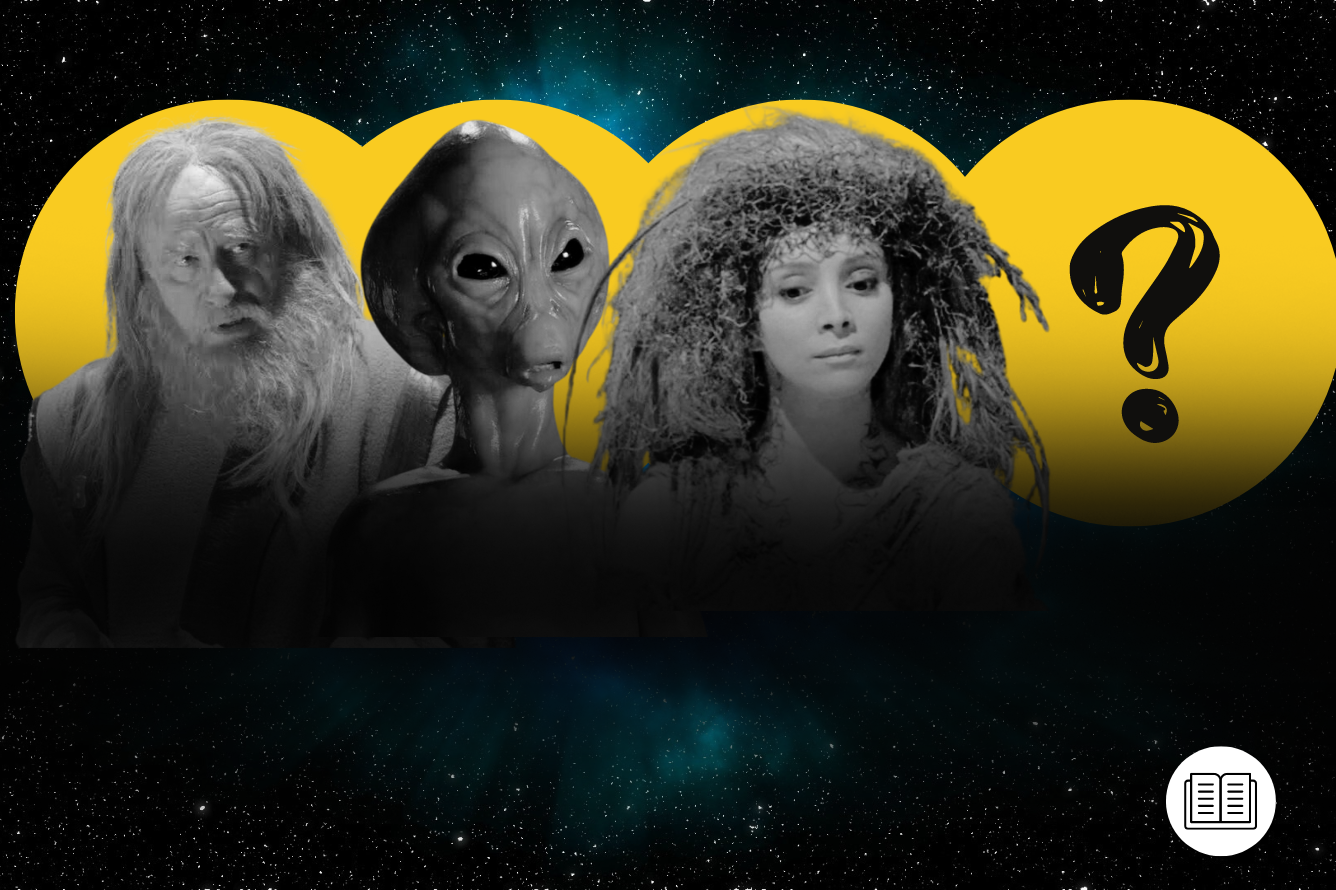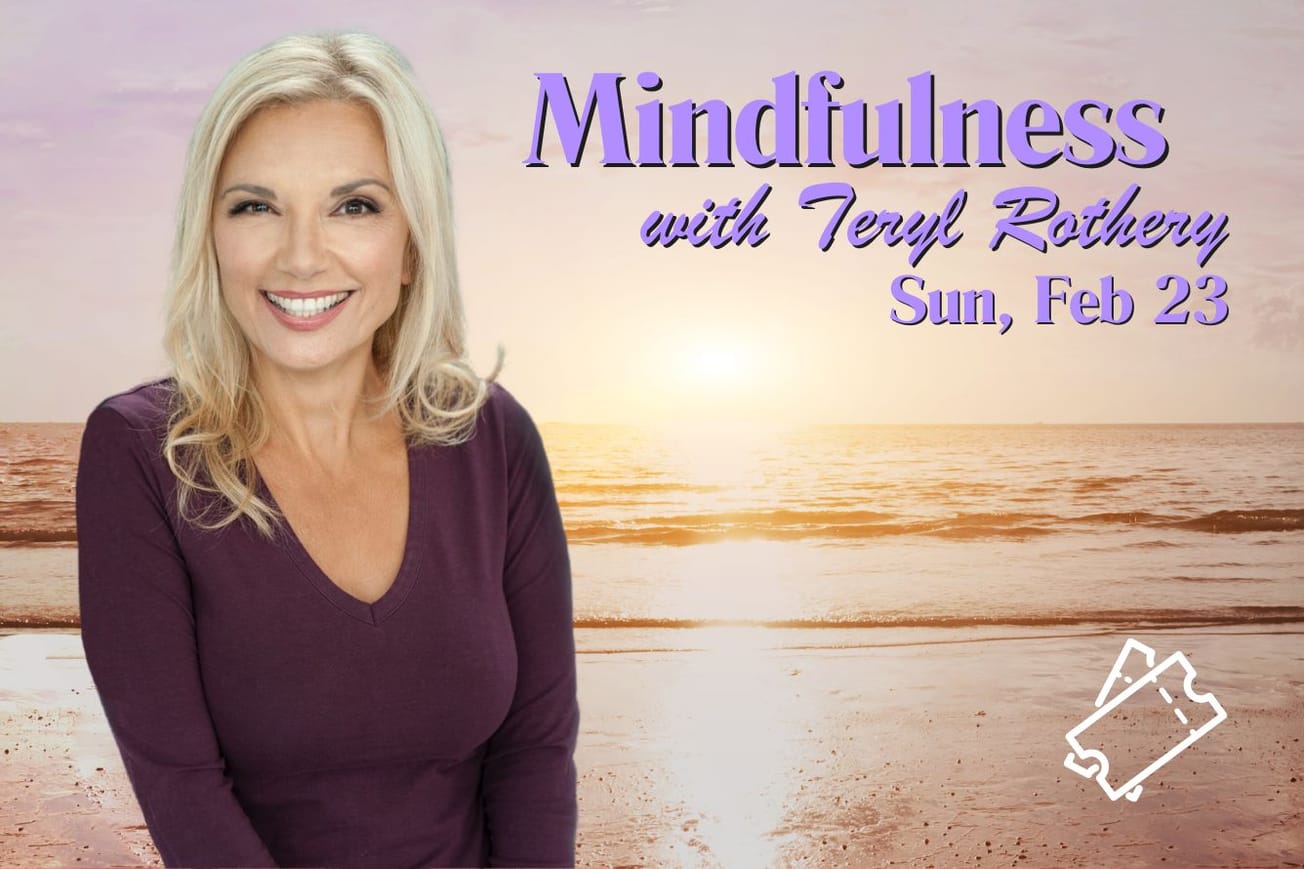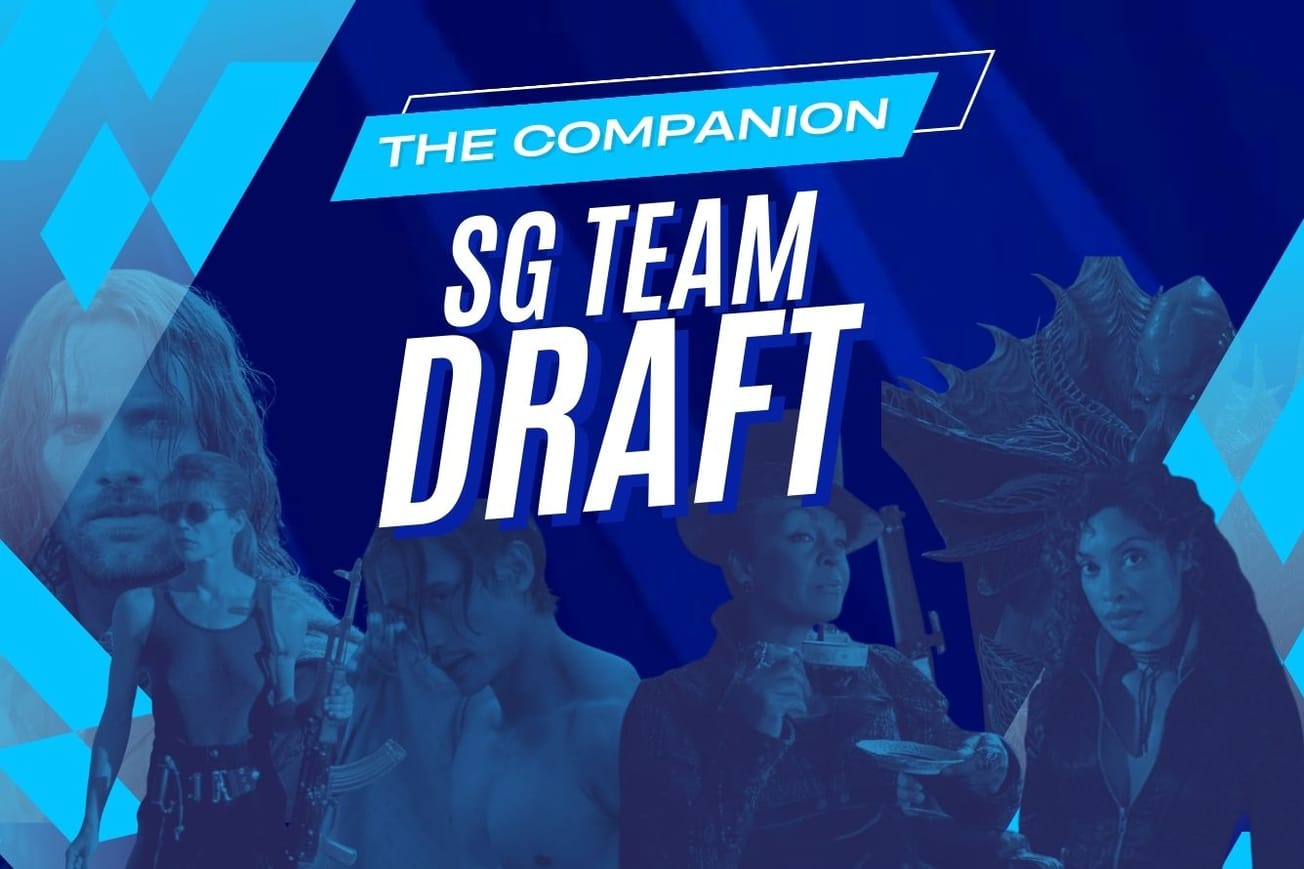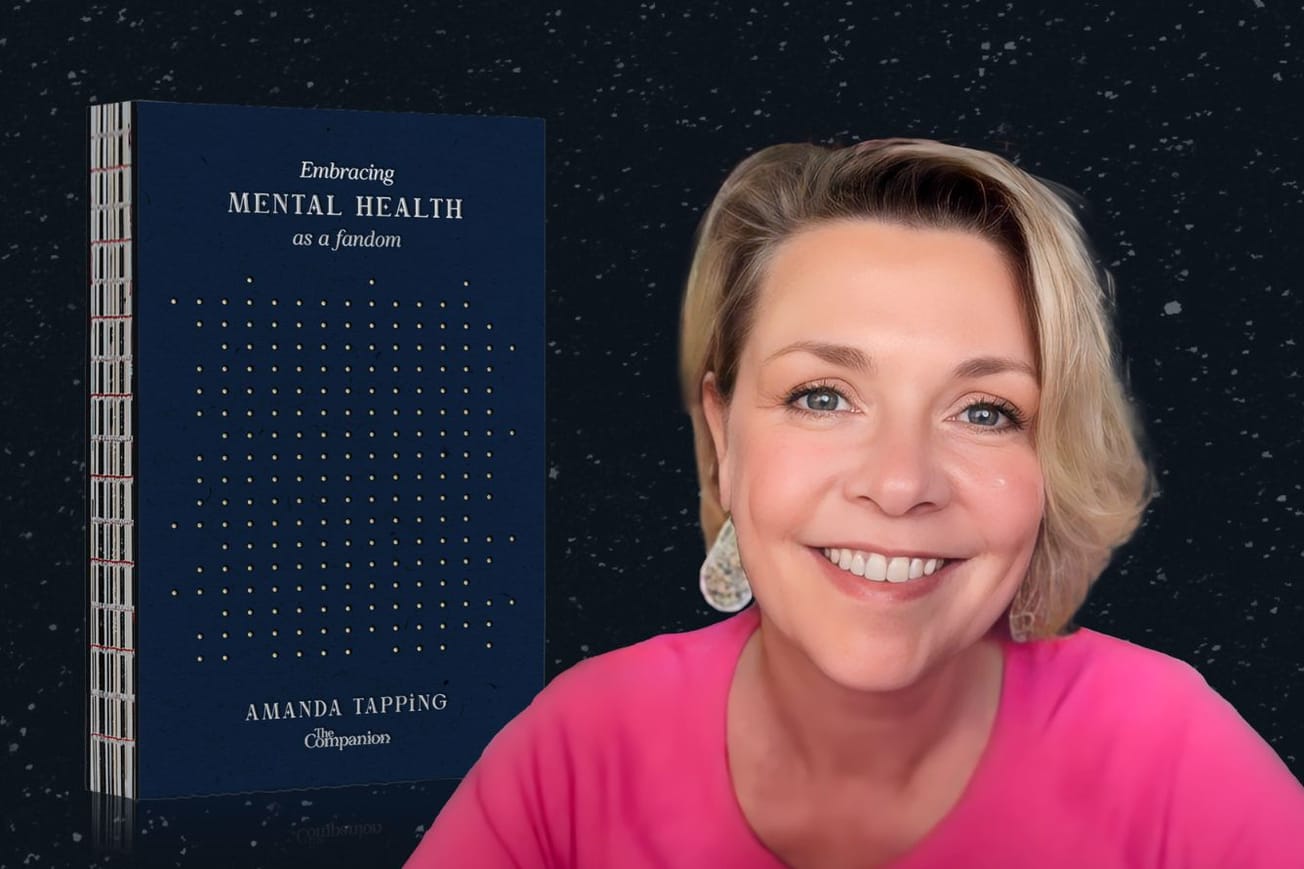Imagine a world where science fiction boldly transcends conventional boundaries, where wisecracks save galaxies, and not all heroes wear capes but do know their way around an FN P90. That’s Stargate SG-1 for you! Launched in 1997, the series skyrocketed to fame, capturing hearts and minds. It revolutionized the genre, intertwining history, mythology, and military science fiction.
Now, meet the Furlings... or not, because we never actually do. Enigmatic, and elusive, these beings lurk in the shadows of the Stargate universe. Their presence lingers, palpable yet obscure, challenging viewers to unravel the mystery. Who are they? Why do they matter? Questions abound.
Or as writer and executive producer Joseph Mallozzi put it so memorably on his blog:
“Ah, the Furlings, those mysterious aliens, alternately loved and despised (I suppose it depends on whether you’re a fan or simply working in the Stargate writers’ room).”
What Do We Actually Know?
Our journey begins with the Alliance of Four Great Races – a pinnacle of cosmic cooperation, first mooted in the Stargate SG-1 episode ‘The Torment of Tantalus’ (S1, Ep11) and named in ‘The Fifth Race’ (S2, Ep15). United by knowledge, wisdom, and mutual respect, the Ancients, Asgard, Nox, and Furlings formed a powerful coalition to preserve order and counter the threat of the Goa’uld, the Replicators, and others.
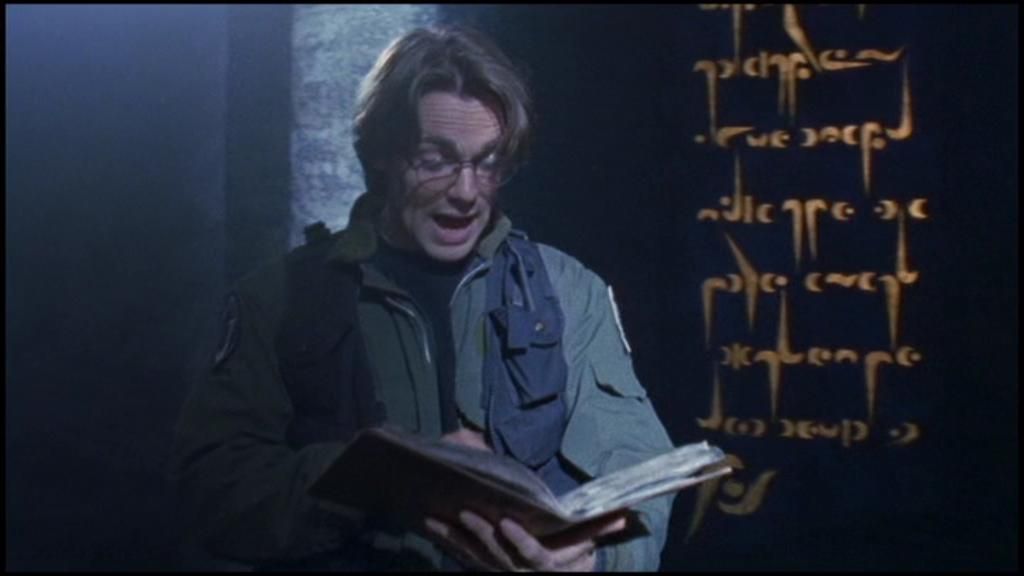
Of the Alliance, we only come to know the Asgard well. The Ancients cast a powerful shadow over the series through their enduring technology and Byzantine methodology (see the Ori for more on this subject), but were rarely encountered directly, and the pacific Nox took center stage only once.
But what of the Furlings? Enigmatic by nature, their precise role remains shrouded in mystery. While their allies grace the screen, the Furlings lurk, tantalizingly out of reach. They tease us – sometimes the showrunners tease us – sparking curiosity and igniting our imagination. What secrets do they hold?
Admittedly, little is known. Furling characteristics and culture remain largely conjectural, their presence haunting the narrative like a ghostly apparition. Glimpses of their advanced technology, and sporadic clues scattered throughout the series, evoke a sense of awe. They're a race of untold potential.
Furling technology is a marvel, we know this much. Yet, how does it compare to other Stargate races? The Ancients astound with city-ships and mastery of ascended state; the Asgard dazzle with spaceships and projection of power; the Nox impress with invisibility and spiritual balance. Amidst such grandeur, the Furlings’ prowess remains veiled, an enigma awaiting discovery.
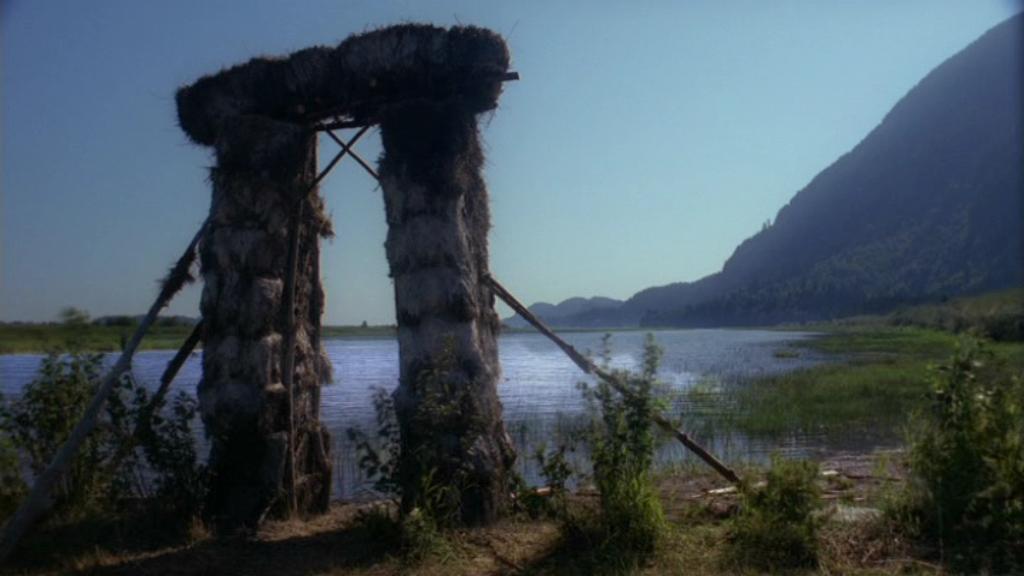
Nonetheless, intriguing findings abound. The Utopian planet in the Stargate SG-1 episode ‘Paradise Lost’ (S6, Ep15) is presumed to be their handiwork as there’s a similar curved Cuneiform-style script on the ruins, which matches the inscriptions in ‘Torment of Tantalus’.
Teal‘c: Are you able to translate any of this, Jonas Quinn?
Jonas: It's not Ancient but it's definitely a language belonging to one of the races of the Ancient alliance.
Jack: Nox? Asgard?
Jonas: Furlings.
Jack: Oh no, not those guys.
Jonas: What?
Jack: Oh I don't know, I just can't imagine cute little furry things making big powerful weapons, that's all.
Jonas: I don't even know what they look like.
Jack: Furling. Sounds cute and fuzzy to me.
Here, Furlings mastered ecological harmony, blending architectural innovation with nature’s bounty. A world brimming with life, reflecting their mastery over the elements. The humanoid skeletons in ‘Paradise Lost’ might be the relics of long-dead Furlings, but they’re most likely not.
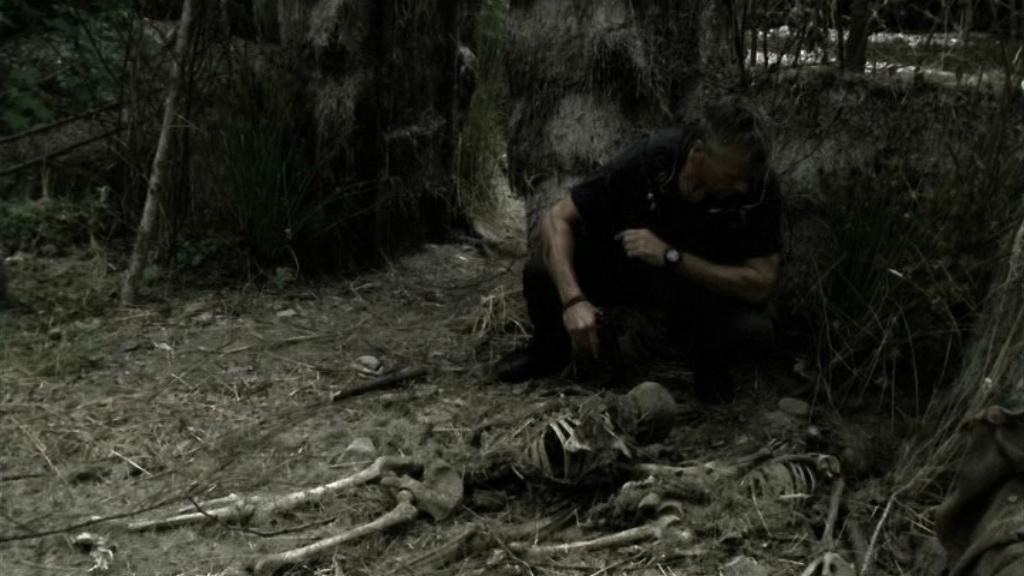
Harry Maybourne (Tom McBeath) tells us the architects of this Utopia didn’t live here alone:
“A long time ago, some people from an advanced alien society, well they chucked it all and they formed this small, isolated Utopian community. They sent out representatives to meet and evaluate people from all over the galaxy and offer them a chance to join them.”
A similar modus operandi is apparent in the climate-controlling device and the terraforming of Madrona in ‘Touchstone’ (S1, Ep14), although the Furling connection is made in a sourcebook for the 2003 Stargate SG-1 Roleplaying Game and not on-screen.
Clues From Outside Canon
Beyond these few direct references, the canon remains sparse. We know that the showrunner-approved (or at least, showrunner-indulged) lore for the doomed Stargate Worlds MMO would have revealed the Furlings to be “a single entity that stretches across time, able to see the past and the future.” The Furlings created the Goa’uld as their caretakers before the servants overthrew the masters.
Had the game made it to release, the remnants of the Furlings would have been encountered as a crystalline species called the Straegis who had been enslaved by Ra.
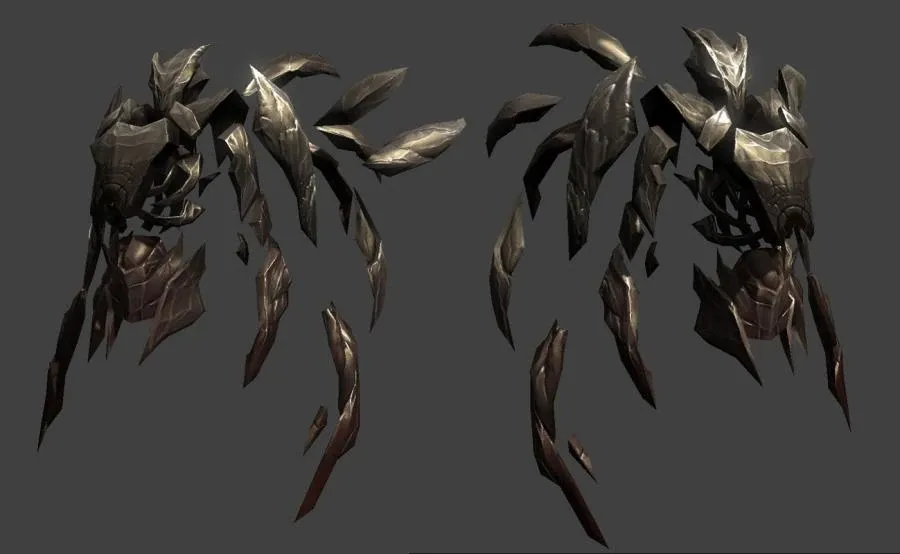
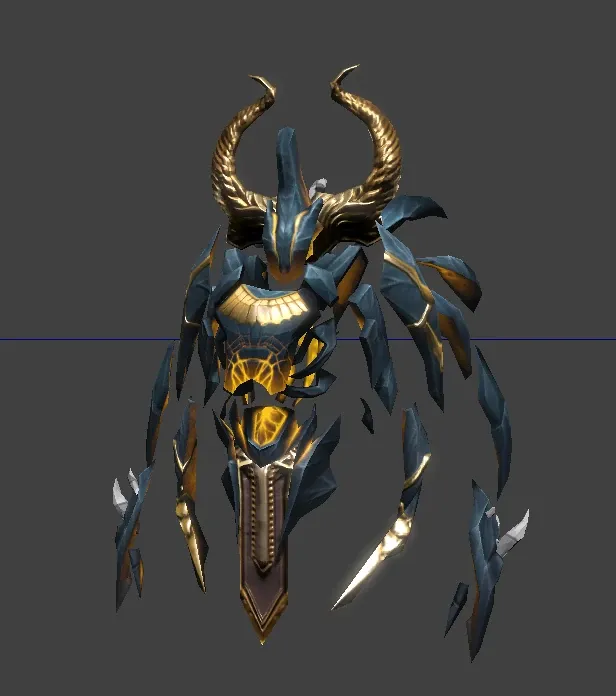
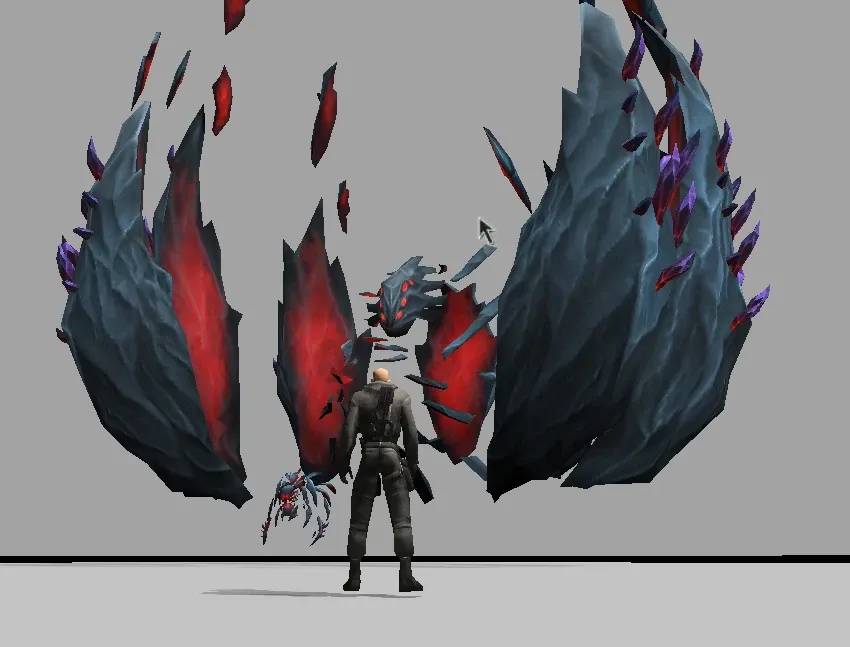
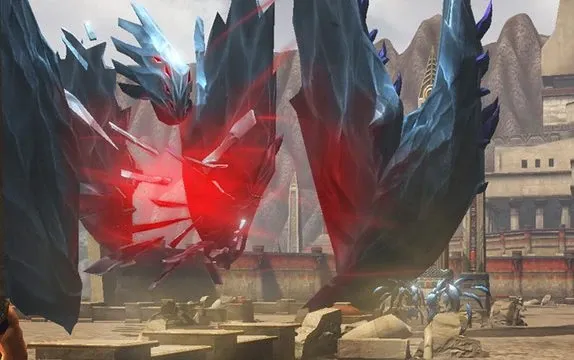
On a similarly crystalline theme, there’s some speculation in the refined supper clubs that comprise Stargate fandom that the dimension-crossing crystal skull in, er, ‘Crystal Skull’ (S3, Ep21) may have been an item of Furling technology. We know the Furlings were active across the universe, but likely not by the Stargate network given the paucity of evidence and so the crystal skulls allowed their unnamed non/semi-corporeal owners to travel great distances without the use of gates.
Sonny Whitelaw tugged at this shimmering thread in the Stargate SG-1 novel City of the Gods (2005) – which dubbed the ‘Crystal Skull’ aliens “the Omeyocan” – as Daniel tells General Hammond:
“I can’t categorically state that the Furlings built the skull network, but a race that advanced would surely keep an eye on the planets they seeded — unless, like the Ancients, they abandoned the galaxy.”
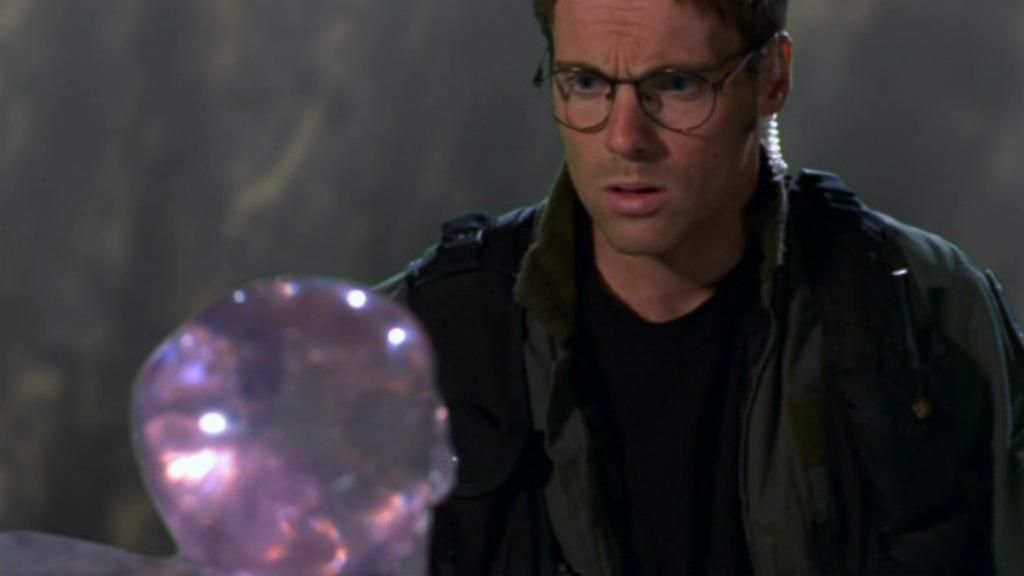
Were the enigmatic aliens of ‘Crystal Skull’ the Furlings themselves (either ascended or in their natural non-corporeal state), agents of the Furlings, or a later civilization making use of earlier technology? If it’s the former, their hatred of the Goa’uld and kinship with Earth bodes well for further Tau’ri/Furling relations.
Are the Planet-Builders the Furlings?
Another unresolved storyline often linked to the Furlings is that of the Planet Builders in Stargate Universe, first introduced in the episode ‘Faith’ (S1, Ep13). These were beings of great power even by the standards of the Ancients, who were capable of creating entire star systems and terraforming worlds to design which tracks in part with what we know of the Furlings from ‘Paradise Lost’ and, potentially, ‘Touchstone’.
In a blog post, writer and producer Joseph Mallozzi teased a little more of the team’s plans for the Planet Builders, writing:
“We envisioned the Planet Builders as an extremely advanced race who, while very powerful, differed significantly from the Ancients. They didn’t possess the extensive knowledge of the Ancients nor did they, at any time, evolve from a physical form similar to ours. Brad threw around the idea of having them pay us a personal visit at some point – but, like so many others, we’ll file that one under “[Stargate Universe] Season 3 stories that might have been”.”
Not much to go on, but the suggestion that the Planet Builders evolved a form unlike the Ancients/Tau’ri instantly makes us think of the crystalline Straegis of Stargate Worlds, and not the ethereal humanoids of ‘Crystal Skull’. It’s not exactly conclusive though – the only similarities between the Planet Builders and the Furlings are that they’re both powerful, they’re both ancient, and we don’t know anything about either of them.
Do the Furlings Really Matter?
Perhaps as important as all of this speculation about what the Furlings are is that we have a fairly good idea of what the Furlings aren’t.
They aren’t the benign space koala of the gleefully absurd episode ‘200’ (S10, Ep6), as imagined by displaced alien TV exec Marty Lloyd (the sorely missed Willie Garson). Though it’s clear that there’s a lot of love for this particular gag on the sraff, with Joseph Mallozzi quoting from a Q&A with Stargate Atlantis and Stargate Universe co-creator Robert C. Cooper:
“When are we going to see the Furlings?” was the question. To which Robert replied: “I never get that question.” He then went on to reveal that he is presently working on a Furling spin-off series. With a straight face no less. The guy plays a lot of poker. Which is something he’s good at – unlike, say, naming alien races. As a matter of fact, his alien-naming privileges were revoked shortly after he came up with “the Furlings”. True story.
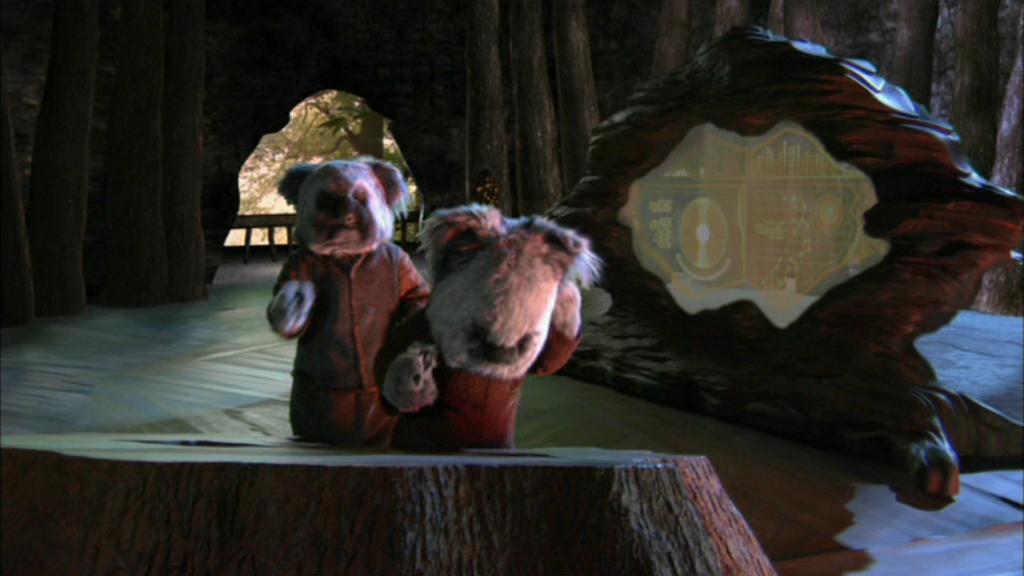
The truth hinted at is most likely, the producers didn’t have anything concrete in mind when they first brought up the Furlings – the first couple of seasons are full of concepts that were introduced and then junked as SG-1 looked for its own distinct identity independently of the 1994 movie.
Just take the Alliance of the Four Great Races, the entire cornerstone of our thesis: the Ancients (and the Alterans and the Ori) and the Asgard were central to the lore of Stargate, whilst the Nox – though fondly remembered – were a one-and-a-bit episode wonder. Have we really seen anything over ten seasons of SG-1, five seasons of Atlantis, two seasons of Universe, two direct-to-DVD movies, and a prequel and a cartoon that nobody wants to talk about that points to the Furlings being more Ancient in their impact than the one-and-done Nox?
Back in a 2002 chat on SciFi.com, SG-1 co-creator Brad Wright revealed that the idea of a Fourth Great Race was conjured up as a placeholder because it sounded cooler for humanity to be appointed the Fifth Race by the Asgard:
“Robert [C. Cooper] needed another race in his episode ‘The Fifth Race’. He wrote Furlings then, and ever since we’ve thought they must look like Ewoks.
“I doubt we’ll ever meet them.”
Fans being fans, we see design in their absence. The Furlings have loomed large in fandom in inverse proportion to their actual presence. These continuity terrors bring us then to the issue of ownership: are the Furlings important to Stargate because we believe that they’re important?
Maybe an Amazon executive will stumble across this article or the endless Quora discussions and Reddit threads and ask Robert C. Cooper for his Furling spin-off after all.
Be careful what you wish for.
The cost of your membership has allowed us to mentor new writers and allowed us to reflect the diversity of voices within fandom. None of this is possible without you. Thank you. 🙂


